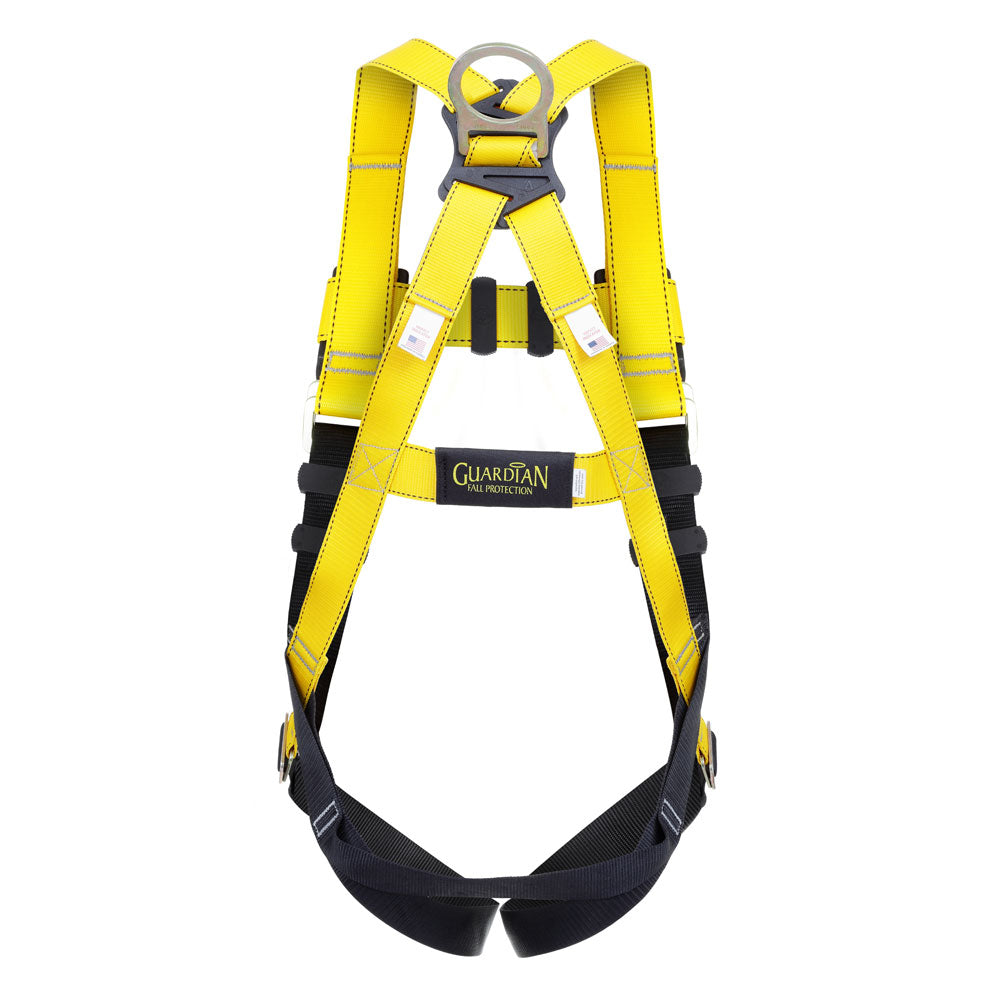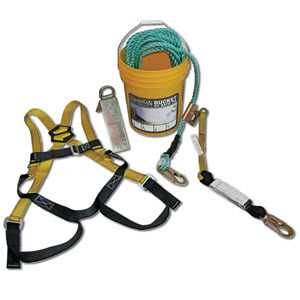The Importance of OSHA Fall Protection Regulations
Falls are one of the leading causes of workplace injuries and fatalities, making fall protection a critical aspect of occupational safety. The Occupational Safety and Health Administration (OSHA) has established stringent regulations to ensure the safety of workers at heights and reduce the risks associated with falls.
Key Requirements of OSHA Fall Protection Standards
OSHA’s fall protection standards apply to various industries and workplaces where employees are exposed to fall hazards. Some key requirements include:
- Guardrail Systems: Employers must provide guardrail systems along open edges, platforms, and walkways to prevent falls.
- Fall Arrest Systems: Workers must use personal fall arrest systems when working at heights above certain thresholds. These systems typically consist of a harness, lanyard, and anchor point.
- Safety Nets: Safety nets should be installed where fall hazards cannot be eliminated through other means. They are designed to catch falling workers and prevent injuries.
- Fall Protection Training: Employers are required to provide comprehensive training on fall hazards, equipment usage, and emergency procedures to workers exposed to fall risks.
Benefits of Compliance with OSHA Fall Protection Regulations
Complying with OSHA’s fall protection regulations offers numerous benefits to both employers and employees:
- Reduced Injuries: Proper fall protection measures can significantly reduce the number of injuries and fatalities resulting from falls in the workplace.
- Improved Productivity: When workers feel safe and secure while working at heights, they can focus on their tasks without worrying about potential falls.
- Lawsuit Prevention: Compliance with OSHA regulations helps protect employers from legal liabilities associated with workplace accidents due to falls.
- Enhanced Reputation: Demonstrating a commitment to employee safety by following OSHA guidelines can enhance an organization’s reputation among employees, clients, and stakeholders.
Conclusion
OSHA’s fall protection regulations play a crucial role in safeguarding workers from the risks associated with falls in the workplace. By understanding and implementing these standards effectively, employers can create a safer work environment, prevent accidents, and promote a culture of safety that benefits everyone involved.
7 Essential Tips for Effective OSHA Fall Protection in the Workplace
- Ensure proper training for all employees on fall protection measures.
- Regularly inspect and maintain fall protection equipment to ensure it is in good condition.
- Use guardrails, safety nets, or personal fall arrest systems when working at heights.
- Follow OSHA regulations and guidelines related to fall protection in the workplace.
- Implement a written fall protection plan that addresses specific hazards at your worksite.
- Provide supervision to ensure that employees are following proper fall protection procedures.
- Encourage open communication about safety concerns and provide avenues for reporting hazards.
Ensure proper training for all employees on fall protection measures.
It is crucial to ensure that all employees receive proper training on fall protection measures as mandated by OSHA regulations. Comprehensive training equips workers with the knowledge and skills necessary to identify fall hazards, use protective equipment correctly, and respond effectively in case of an emergency. By investing in thorough training programs, employers can empower their employees to work safely at heights, reduce the risk of falls, and promote a culture of workplace safety and compliance.
Regularly inspect and maintain fall protection equipment to ensure it is in good condition.
It is crucial to regularly inspect and maintain fall protection equipment to ensure it is in good condition and functions effectively. By conducting routine inspections, potential issues or wear and tear can be identified early, allowing for timely repairs or replacements to be made. This proactive approach not only helps prevent equipment failures that could lead to falls but also ensures that workers are properly protected while working at heights. Prioritizing the maintenance of fall protection gear demonstrates a commitment to safety and compliance with OSHA regulations, ultimately contributing to a safer work environment for all employees.
Use guardrails, safety nets, or personal fall arrest systems when working at heights.
When working at heights, it is essential to prioritize safety by utilizing guardrails, safety nets, or personal fall arrest systems as recommended by OSHA fall protection guidelines. These protective measures serve as crucial safeguards against potential falls, providing workers with a secure environment to perform their tasks at elevated locations. By implementing these safety precautions effectively, employers can significantly reduce the risk of injuries and fatalities associated with falls, ensuring the well-being and protection of their workforce.
Follow OSHA regulations and guidelines related to fall protection in the workplace.
It is essential for employers and workers to adhere to OSHA regulations and guidelines concerning fall protection in the workplace. By following OSHA’s established standards, such as providing appropriate guardrail systems, implementing fall arrest systems, and conducting thorough training on fall hazards, organizations can create a safer environment for employees working at heights. Compliance with these regulations not only helps prevent accidents and injuries but also demonstrates a commitment to prioritizing employee safety and well-being.
Implement a written fall protection plan that addresses specific hazards at your worksite.
To enhance workplace safety and compliance with OSHA fall protection regulations, it is crucial to implement a written fall protection plan that specifically addresses the hazards present at your worksite. By outlining detailed procedures, equipment requirements, training protocols, and emergency response strategies tailored to the unique risks of your environment, you can effectively mitigate fall hazards and ensure the well-being of workers at heights. A comprehensive written plan not only demonstrates a commitment to safety but also serves as a proactive measure to prevent accidents and promote a culture of vigilance and preparedness in the face of potential fall risks.
Provide supervision to ensure that employees are following proper fall protection procedures.
It is crucial to provide supervision to ensure that employees are following proper fall protection procedures as outlined by OSHA. Supervisors play a vital role in monitoring and enforcing safety protocols, including the correct use of fall protection equipment and adherence to established guidelines. By actively supervising workers at heights, employers can identify potential risks, address non-compliance issues promptly, and ultimately maintain a safe working environment that prioritizes employee well-being and prevents fall-related accidents.
Encourage open communication about safety concerns and provide avenues for reporting hazards.
Encouraging open communication about safety concerns and providing avenues for reporting hazards is a key tip in OSHA fall protection guidelines. By fostering a culture where employees feel comfortable voicing their safety concerns and reporting potential hazards, organizations can proactively address risks and prevent accidents before they occur. Open communication not only promotes a safer work environment but also empowers workers to actively participate in maintaining workplace safety standards, ultimately contributing to a culture of mutual respect, trust, and collaboration in ensuring the well-being of all employees.




